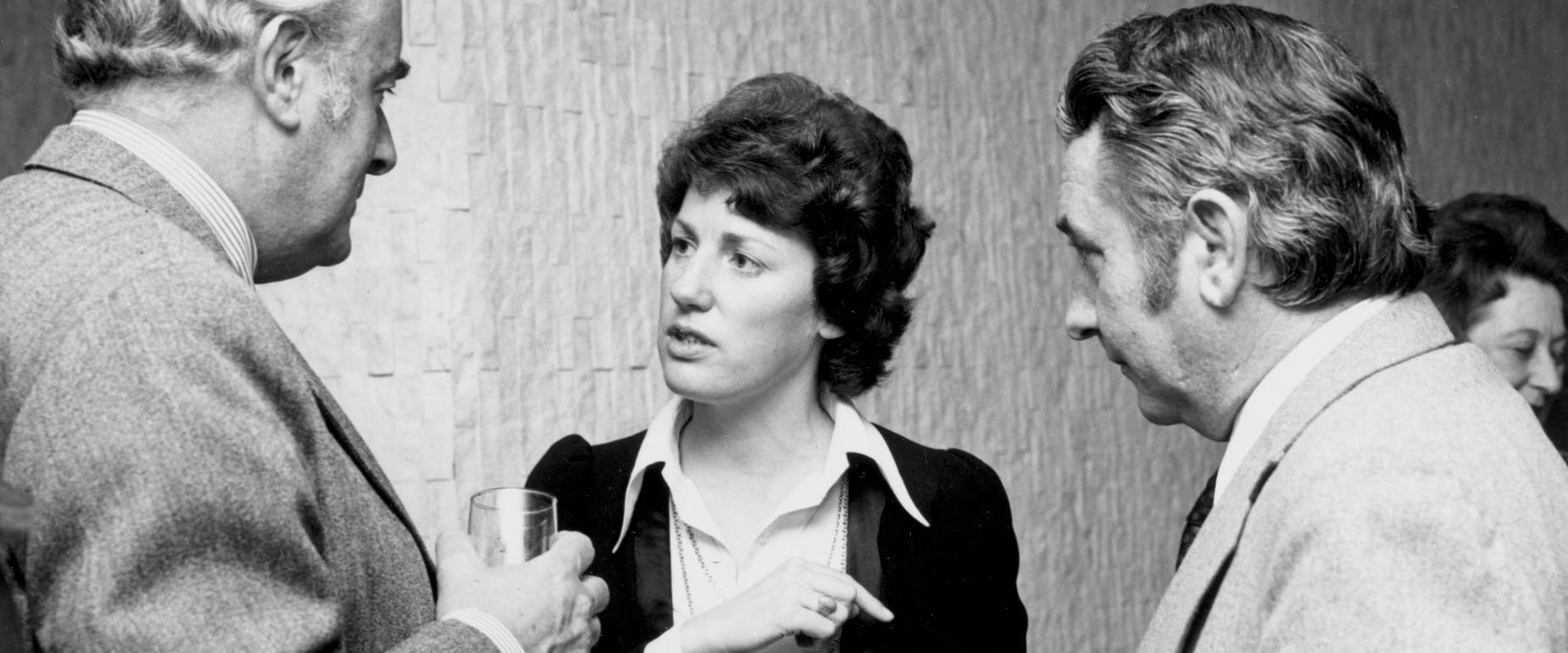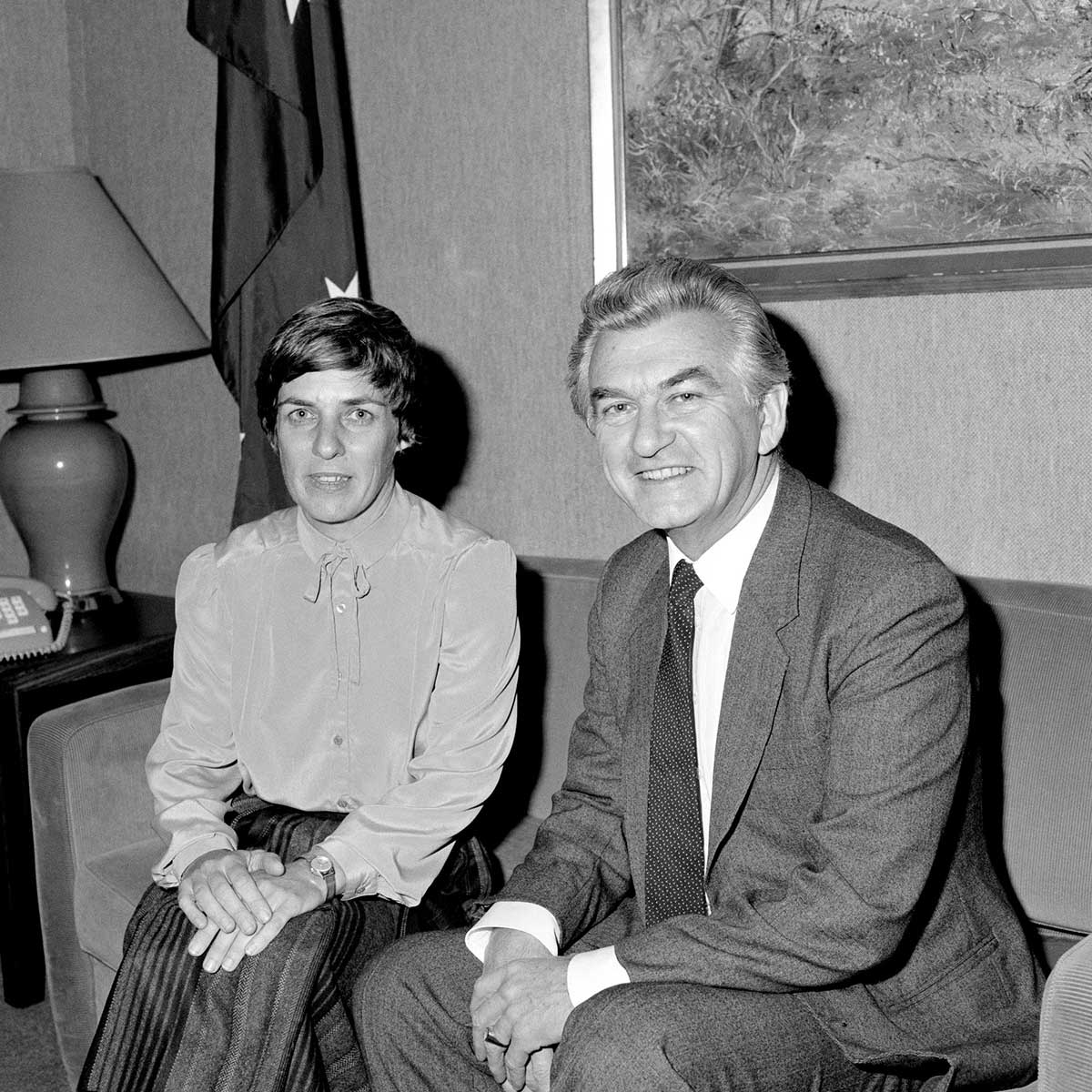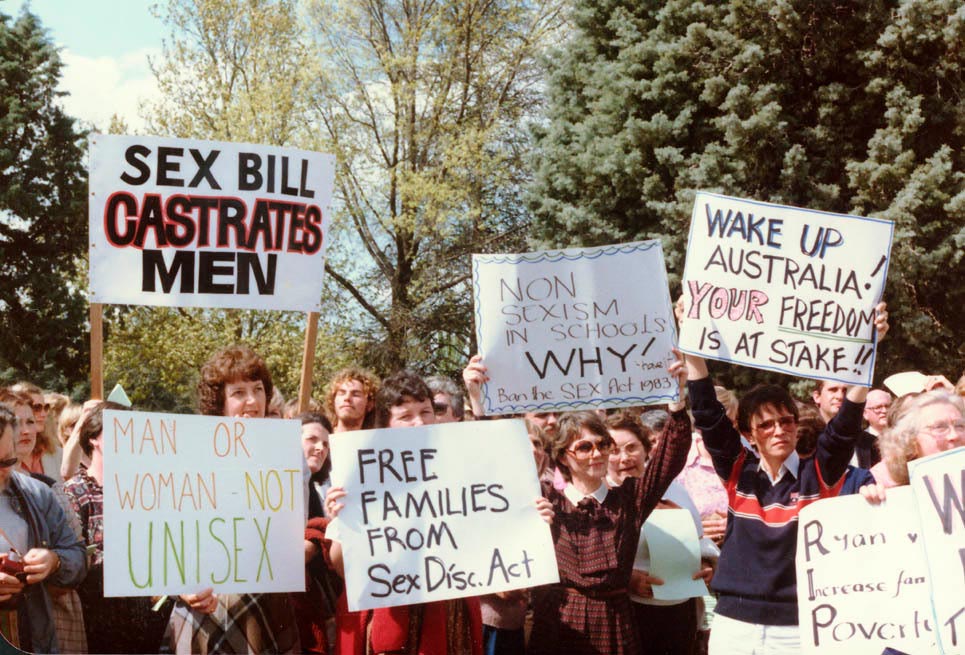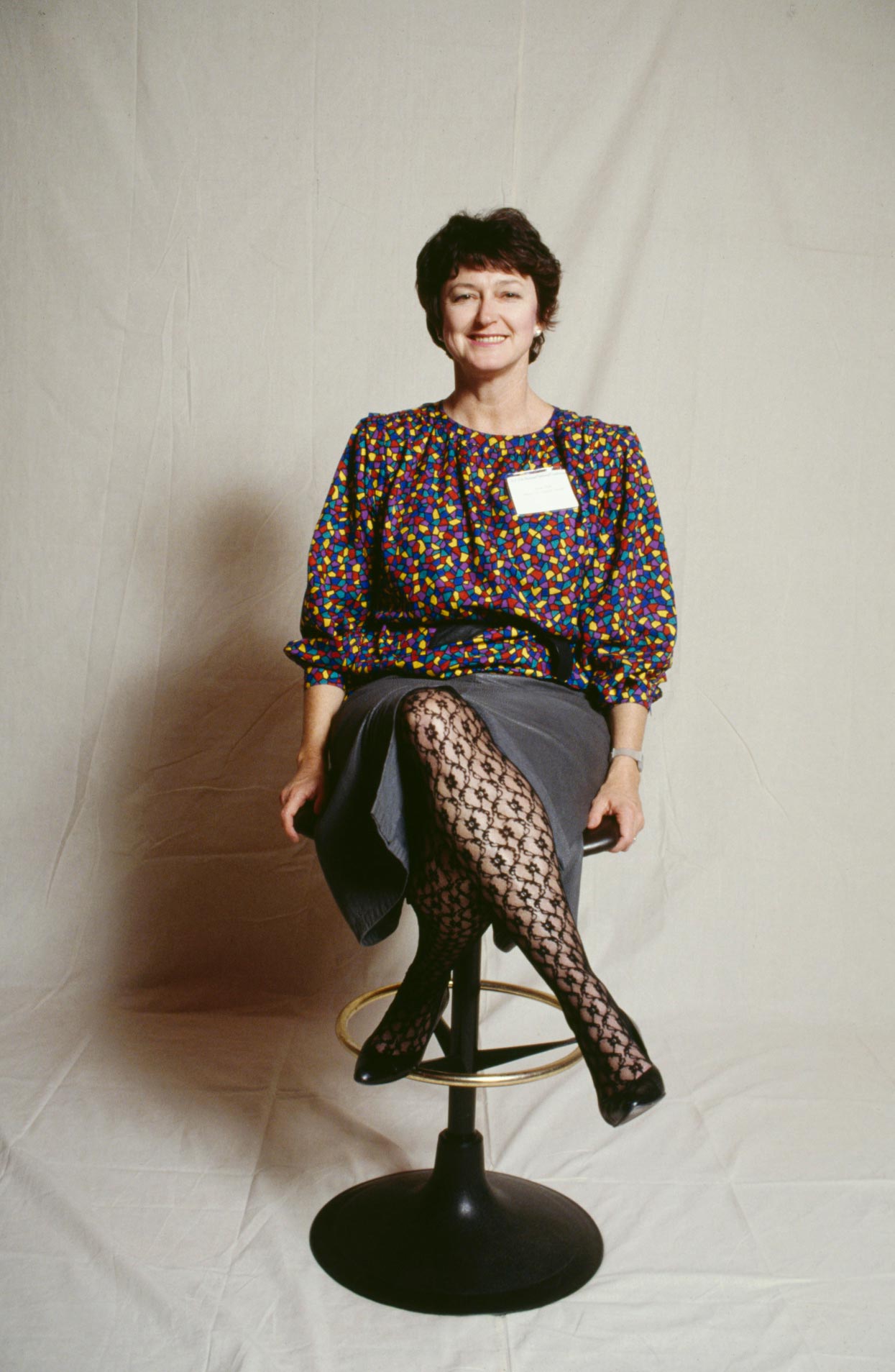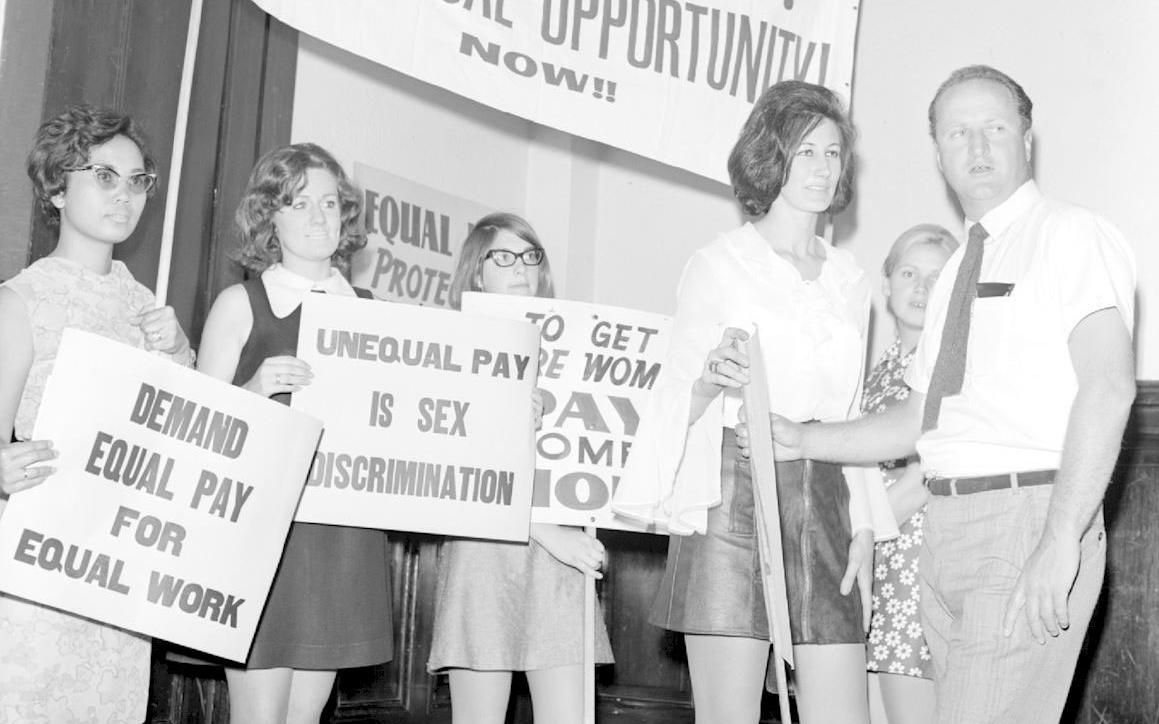Protecting and promoting equality
1984: Australian Parliament passes the Sex Discrimination Act
Protecting and promoting equality
1984: Australian Parliament passes the Sex Discrimination Act
In a snapshot
The Sex Discrimination Act was passed by the Australian Parliament in 1984. The Act made new laws which helped to ensure that Australian women had the same access to jobs, services and accommodation as men. It also made sexual harassment illegal for the first time in Australia. The Act helped redefine the role of women in Australian society.

 Can you find out?
Can you find out?
1. What important changes were made to women’s rights and opportunities in the 1970s?
2. Who introduced the Sex Discrimination Bill in 1983? What political party did she belong to?
3. What were the main aims of the Bill?
How did women’s role in society begin to change in the 1970s?
Traditionally women were expected to take care of their family’s home and their children. Women who did work outside the home usually filled roles such as nursing, teaching and secretarial work. But in the 1960s and 1970s the role of women in societies throughout the developed world was beginning to change. Many women wanted more rights and better access to a wider range of jobs.
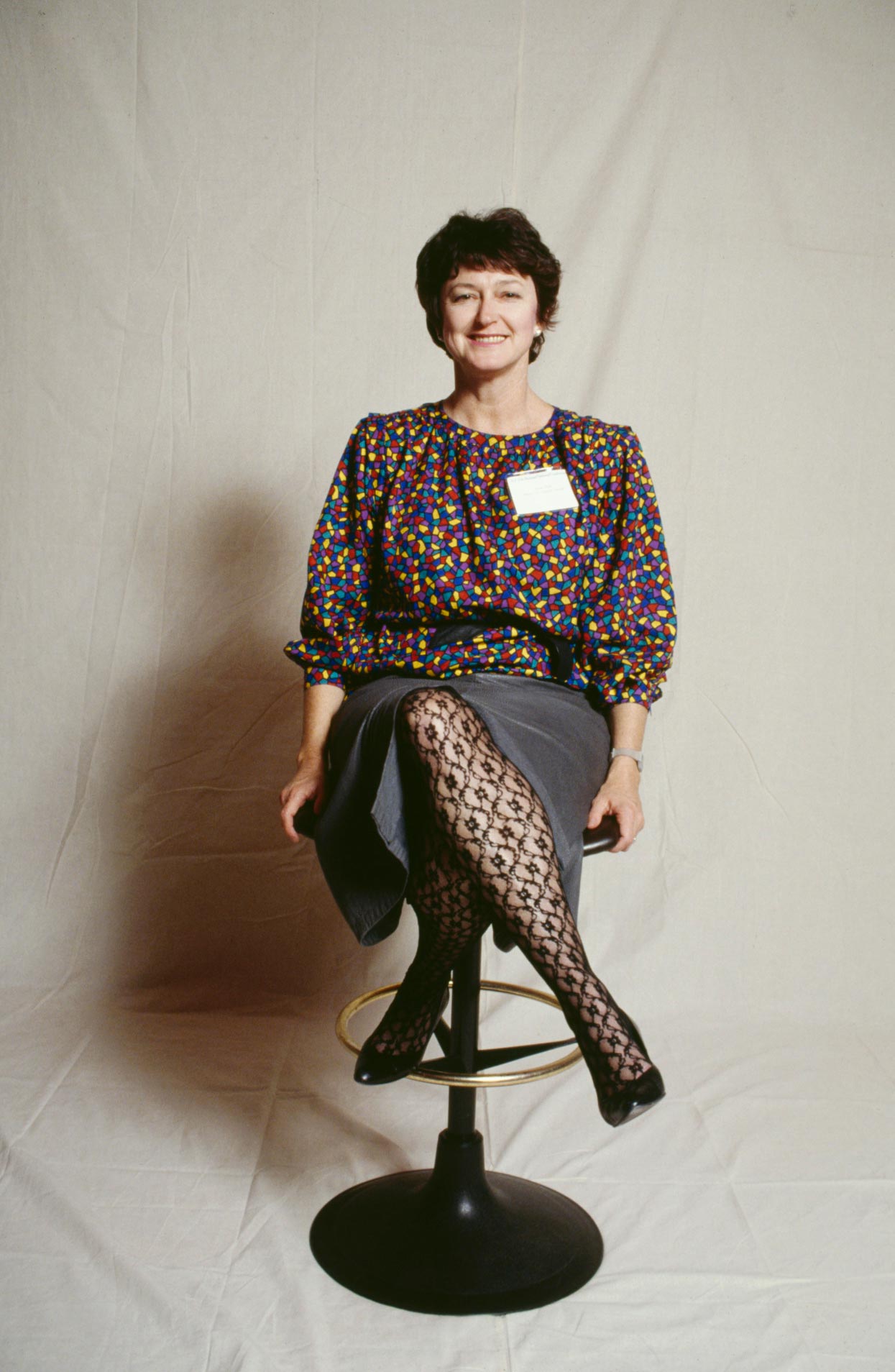
Throughout the 1970s in Australia important changes were made to women’s rights and the opportunities available to them. Women were granted equal pay for doing the same jobs as men. They were also able to divorce their husbands more easily, contraception became more affordable, and single mothers were able to claim government payments. Despite these changes women were still discriminated against in the workforce and they usually earned less money than men.
During the 1970s the United Nations recognised the widespread discrimination and inequality that women faced around the world. They declared 1975 International Women’s Year and 1976–85 the Decade for Women. In 1979 the United Nations adopted the Convention on the Elimination of All Forms of Discrimination Against Women. The Australian Government ratified this convention in 1980.
How did the Sex Discrimination Act become law?
Susan Ryan was a Labor Party Senator for the Australian Capital Territory between 1975 and 1998. In 1983 Ryan was one of only 19 women in the Australian Parliament. In June 1983 she introduced the Sex Discrimination Bill into the Senate.
The Bill was intended to promote equality between women and men. It would make it illegal to discriminate against women at work, in educational institutions such as universities and when they used services. It would also make sexual harassment illegal. Finally, the proposed legislation would create the Office of the Sex Discrimination Commissioner. The Commissioner’s role would be to promote gender equality in Australia.
Some politicians and members of the public opposed the Bill, but most members of parliament supported it, and it passed through the parliament. The Act became law on 1 August 1984.
Research task
How many Sex Discrimination Commissioners has Australia had since the position was created in 1984? Research one of these people. Find out why they were appointed and what happened while they were Commissioner.
Did the Sex Discrimination Act improve women’s position in society?
The Sex Discrimination Act encouraged more women to seek education and employment, and women also began to take more senior positions in the workforce. The Act also made it possible for women to both work and have a family life.
But the Act also has limitations. For example, if a person has been harassed or discriminated against, they have to make a complaint to the Australian Human Rights Commission and they may even have to go to Federal Court. This can been time-consuming and distressing.
Research task
The Sex Discrimination Act was updated in 2013 to provide more protections. Can you find out what some of these new protections are?

Although the Act makes discrimination illegal, some people believe that women have not reached true equality in Australian society. On average, women still earn less than men, and the number of women in senior management positions is still low.
Read a longer version of this Defining Moment on the National Museum of Australia’s website.
 What did you learn?
What did you learn?
1. What important changes were made to women’s rights and opportunities in the 1970s?
2. Who introduced the Sex Discrimination Bill in 1983? What political party did she belong to?
3. What were the main aims of the Bill?






